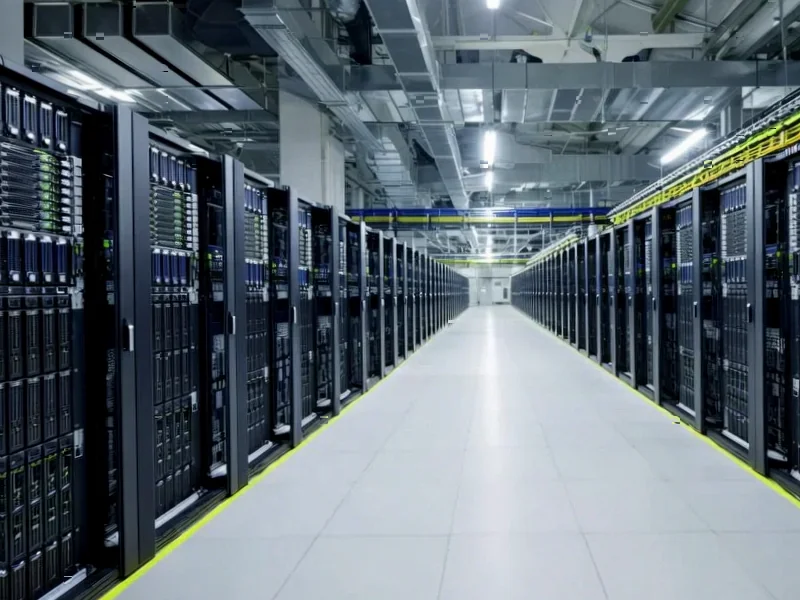According to DCD, Microsoft CEO Satya Nadella revealed during an interview on the Bg2 Pod that the company has AI GPUs “sitting in inventory” because it lacks sufficient power infrastructure to deploy them. Speaking alongside OpenAI CEO Sam Altman, Nadella stated that power availability, not compute hardware, has become the biggest constraint facing AI data center deployments, noting “I actually have a bunch of chips sitting in inventory that I can’t plug in.” Microsoft CFO Amy Hood echoed these concerns on the company’s Q1 2026 earnings call, confirming Microsoft has been “short now for many quarters” on data center space and power despite spending $11.1 billion on data center leases last quarter. The company added approximately 2GW of data center capacity in 2025 alone, bringing its total facilities to over 400, yet still faces power constraints that industry reports suggest will only intensify, with US data centers projected to require 22% more grid-based power by end of 2025 and triple by 2030 compared to 2024 levels. This power bottleneck represents a fundamental shift in the AI infrastructure landscape that demands immediate industry attention.
The Ripple Effects Across the AI Ecosystem
This power constraint creates immediate winners and losers across the technology landscape. Large enterprises with existing AI infrastructure contracts will likely see their deployments prioritized, while smaller companies and startups may face extended wait times and higher costs for accessing cloud AI services. The situation creates a natural moat for established players who secured power capacity early, potentially stifling innovation from newer entrants. As Nadella indicated in the interview, the problem isn’t chip availability but “warm shells to plug into,” meaning even companies with capital to purchase hardware cannot deploy it without adequate power infrastructure.
Geographic Concentration and Market Distortion
The power shortage will inevitably concentrate AI development in regions with reliable, affordable energy infrastructure, creating geographic disparities in AI accessibility. Markets with established data center corridors like Virginia’s “Data Center Alley” and certain European hubs will become increasingly valuable, while emerging markets may struggle to attract AI investment. This geographic concentration could lead to regulatory challenges as governments seek to balance energy needs between AI development and other critical infrastructure. The situation may also drive up energy costs in data center-heavy regions, creating tension between technology companies and local communities over resource allocation.
Forced Innovation in Energy and Efficiency
This constraint will accelerate innovation in two critical directions: energy-efficient computing and alternative power sources. Chip manufacturers face pressure to deliver more performance per watt, while data center operators will invest heavily in advanced cooling technologies and power management systems. We’re likely to see increased investment in nuclear, solar, and other sustainable energy sources specifically for AI workloads. The industry may also develop more sophisticated workload scheduling systems that optimize for energy availability, potentially creating new business models around “energy-aware” AI processing that operates during off-peak hours or in response to grid conditions.
The Coming Capital Reallocation
Venture capital and corporate investment will increasingly flow toward power infrastructure rather than pure AI software plays. Companies that can secure reliable power capacity will become acquisition targets, and we’ll see more strategic partnerships between AI firms and energy providers. The traditional data center business model may evolve toward energy-as-a-service arrangements where power availability becomes a premium feature. This represents a fundamental shift from the cloud computing era, where geographic location mattered less than connectivity, to an AI era where physical proximity to power sources becomes a strategic advantage.
The Inevitable Regulatory Response
Governments will face pressure to address this infrastructure gap through policy interventions. We may see incentives for data center efficiency, streamlined permitting for energy projects serving AI facilities, and potentially even allocation mechanisms for scarce power resources. The situation creates tension between national AI competitiveness goals and energy sustainability objectives, forcing policymakers to make difficult choices about resource allocation. Countries that can rapidly expand their energy infrastructure while maintaining environmental standards will gain significant advantage in the global AI race.




